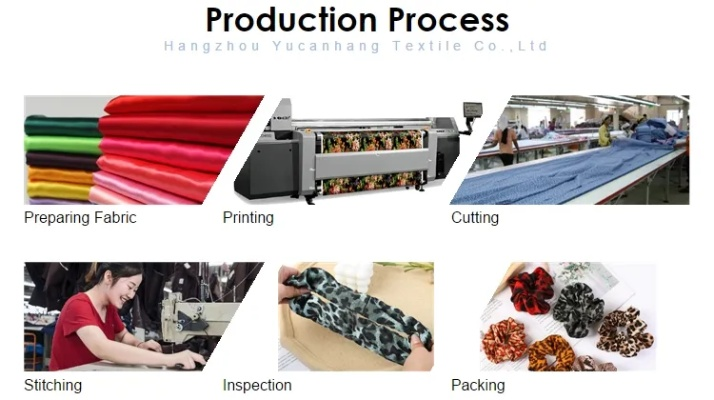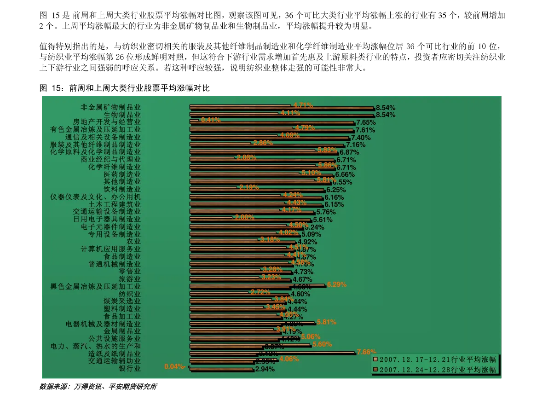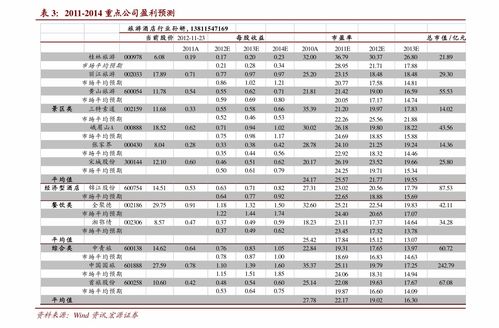The Future of Textiles:Trends,Innovations,and Design Insights
The future of textiles is poised on the cusp of significant transformation. Driven by technological advancements and consumer preferences, the industry is witnessing a shift towards sustainability, eco-friendliness, and personalized design. The rise of digital printing and 3D printing technologies is revolutionizing textile production, allowing for intricate designs and customized pieces without the need for complex machinery. Additionally, the integration of artificial intelligence and machine learning in textile manufacturing is enabling faster and more efficient design iterations, ultimately leading to enhanced product quality and reduced costs. Furthermore, the growing trend towards sustainable materials such as organic cotton and recycled polyester is paving the way for a greener future for the textile industry. Design innovations are also at the forefront, with brands experimenting with bold patterns, vibrant colors, and playful prints that appeal to younger consumers. Overall, the future of textiles looks bright, with a focus on sustainability, customization, and innovation that will continue to shape the industry's evolution.
In today's fast-paced world, textiles have evolved into a crucial aspect of our daily lives. They not only serve as clothing but also play a vital role in creating comfortable, stylish, and functional environments. As we delve into the future of textiles, it is essential to understand the latest trends, innovative technologies, and design principles that will shape the industry for years to come. In this article, we will explore some of the key aspects of textiles research and design, including the latest developments, market trends, and how they can be incorporated into innovative designs.
Firstly, let's take a look at the current state of textile technology. One of the most significant advancements in the textile industry is the introduction of sustainable and eco-friendly materials. This has led to an increased focus on natural fibers such as cotton, linen, and wool, which are known for their breathability, softness, and durability. Additionally, synthetic materials like polyester and nylon have also gained popularity due to their strength and resistance to wear and tear. However, these materials often require additional treatments to reduce their environmental impact.

Another trend in textiles is the integration of technology. Advances in digital printing, 3D printing, and automation have revolutionized the way textiles are produced. For example, digital printing allows for precise control over color and pattern, making it possible to create intricate designs with minimal waste. 3D printing technology can also be used to create custom-fitted garments or accessories, providing customers with a more personalized experience.
When it comes to designing textiles, there are several key principles that need to be considered. One important aspect is sustainability. Designers must ensure that their products are made from sustainable materials and have a low environmental impact. This can involve using recycled materials or reducing waste during production. Another important principle is comfort and functionality. Textiles should be designed to provide maximum comfort and functionality while being lightweight and easy to care for. Finally, aesthetics and style are also critical factors in designing textiles. Designers must create designs that appeal to both consumers and industry professionals while staying true to their brand values.
To illustrate these principles, let's look at an example of a successful textile design. A company called "EcoTextiles" has created a line of organic cotton clothing that is both stylish and environmentally friendly. Their designs incorporate sustainable materials and techniques, such as using hemp fibers instead of traditional cotton, and incorporating recycled water bottles into their fabrics. These designs not only appeal to eco-conscious consumers but also meet the demands of fashion industry standards.
Another example of innovative textile design is the use of biodegradable materials. Companies like "Biotextiles" have developed textiles that break down naturally when worn out, reducing waste and pollution. These materials are derived from plant-based sources and are designed to be easily recyclable. By incorporating these materials into their designs, companies can create products that are both sustainable and stylish.
In conclusion, the future of textiles is bright, thanks to advancements in technology and design principles. With the increasing focus on sustainability and eco-friendliness, we can expect to see even more innovative designs that cater to our needs while minimizing our impact on the environment. As designers and manufacturers continue to experiment with new materials and techniques, we can look forward to seeing exciting innovations that will transform the way we live and work in the coming years.
随着全球纺织行业的快速发展,纺织品的设计趋势和市场需求不断变化,本篇报告旨在深入探讨纺织品趋势研究与设计的前沿动态,并结合实际案例进行分析,通过使用表格和案例说明,使报告更具实用性和可读性。
纺织品趋势分析
-
功能性增强 随着人们对舒适度和健康需求的提高,功能性纺织品逐渐成为市场主流,功能性纺织品将更加注重人体工学设计,提高舒适性和耐用性,抗菌、抗过敏、抗紫外线等功能性面料将得到广泛应用。
-
环保与可持续性 随着环保意识的提高,绿色、环保、可持续性成为纺织品的重要发展趋势,纺织品将更加注重环保材料的使用,减少对环境的影响,可回收、再生纤维等环保材料也将得到更多关注和应用。

-
时尚与个性化 随着消费者需求的多样化,纺织品的设计趋势更加注重时尚性和个性化,纺织品将更加注重个性化定制,满足消费者的个性化需求,新型面料和印花技术也将为纺织品带来更多创新和变化。
设计案例分析
-
某品牌纺织品设计案例 某知名品牌近年来在纺织品设计方面取得了显著成果,该品牌注重功能性、环保和时尚性的结合,推出了一系列具有创新设计的纺织品产品,采用新型抗菌面料制作夏季衣物,满足消费者对健康和舒适的需求;采用可回收再生纤维制作家居用品,实现环保和可持续性。
-
某地区特色纺织品设计案例 在某地区,当地特色纺织品以其独特的设计和工艺赢得了消费者的喜爱,该地区注重传统与现代相结合的设计理念,推出了一系列具有地方特色的纺织品产品,采用传统手工艺制作的手提包和布艺家居用品,融入当地文化和特色元素,打造出独具特色的纺织品产品。
设计趋势预测
-
功能性增强将成为未来纺织品设计的主流趋势,功能性纺织品将更加注重人体工学设计,提高舒适性和耐用性,将更加注重智能化和个性化定制的需求。
-
环保与可持续性将成为未来纺织品的重要发展趋势,纺织品将更加注重环保材料的使用,减少对环境的影响,将推动绿色制造和循环经济的发展。
-
时尚与个性化将成为未来纺织品设计的重要方向,纺织品将更加注重个性化定制的需求,满足消费者的个性化需求,将推动纺织品设计和时尚产业的融合发展。
纺织品是人们日常生活中不可或缺的物品之一,其设计趋势和市场需求不断变化,本篇报告通过对纺织品趋势的研究与设计的前沿动态进行分析,并结合实际案例进行说明,为纺织品设计提供了有益的参考和建议,功能性增强、环保与可持续性、时尚与个性化将成为纺织品设计的重要趋势和发展方向,需要注重创新设计和可持续发展理念的应用和实践。
Articles related to the knowledge points of this article:
The Story of Dazhou Sister Textile and Fabric Wholesale Shop
Dreamland Softness:An Exclusive Journey with Dreamland Cotton



